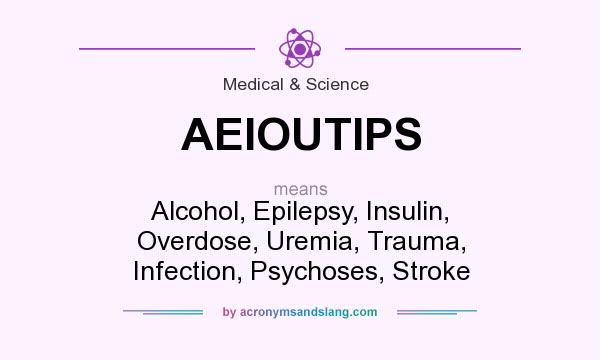
AEIOU TIPS – What are the common causes of unconsciousness in the emergency department?
7th June 2022
Strong Magnet Ingestion in Children
29th June 2022Patients will often present at hospitals or surgeries complaining of chest pain. A doctor’s natural instinct is to assume that it is a cardiac event. However, jumping to such conclusions is often premature and subjects patients to unnecessary worry. Between >50 and 75 per cent of all chest pain cases arriving in Emergency Departments result from non-cardiac-related causes. Therefore, medical practitioners should be well-versed in other reasons why patients might have angina-like symptoms.
In this article, we present five common causes of non-cardiac chest pain, and how to identify them.
Gastroesophageal reflux disease (GERD)
GERD is the most common cause of non-cardiac chest pain, accounting for more than half of cases. Patients with the condition experience intense pain caused by stomach acid coming into contact with the upper oesophagus, often mistaking it for a heart or pulmonary issue.
Treatment protocols for GERD are standard. Doctors typically prescribe proton-pump inhibitors, reducing the amount of stomach acid glands secreted. Over time, lesions and ulcers heal and the patient returns to normal. Physicians may also want to tell their patients to avoid eating foods more likely to lead to excessive acid production, such as heavily processed items.
Costochondritis
Costochondritis, or inflammation of the cartilage that joins the breastbone to the ribs, can cause cardiac-like symptoms. Patients with the condition often complain of intense, sharp chest pains.
Costochondritis is not a serious condition and does not lead to permanent health problems. However, some patients may relapse from time to time, necessitating pain medication prescriptions. Clinical signs of the condition include pain while breathing or lying down.
If the pain is intense, physicians may prescribe corticosteroids, particularly in cases where there is swelling. If the condition is recurrent, referral to a rheumatologist may be necessary.
Pleurisy
Inflammation of the lung-covering membrane may cause chest pain that gets worse when patients breathe in or cough. Some patients may also experience discomfort in the shoulder.
As a viral infection, pleurisy will usually resolve on its own without treatment. Doctors may wish to prescribe pain medications to distressed patients. Cases should remain under supervision for two weeks.
Collapsed lung
Collapsed lung pain typically comes on suddenly, like a heart attack, and can last for many hours. Air escapes from the lung into the surrounding space, putting pressure on the lung that prevents it from inflating when the patient breathes in.
Chest injuries are a common cause. Hence, evidence of impact is often visible on the chest. Other causes include lung diseases, such as COPD, cystic fibrosis, cancer, and pneumonia. In some cases, ruptured air blisters that develop on top of the lung can be the cause.
X-ray diagnosis can confirm the presence of a collapsed lung. Treatment involves reducing pressure on the lung, allowing it to re-expand. Options include chest tube insertion, needle aspiration, and surgery, depending on the severity of the collapse.
Shingles
Reactivation of the chickenpox virus can cause shingles and blisters to form in the chest cavity. These can then cause pain, numbness, and tingling. There is no cure. However, prescribing antiviral medications, such as Acyclovir, Famciclovir, and Valacyclovir may help patients recover faster, particularly those with compromised immunity.




